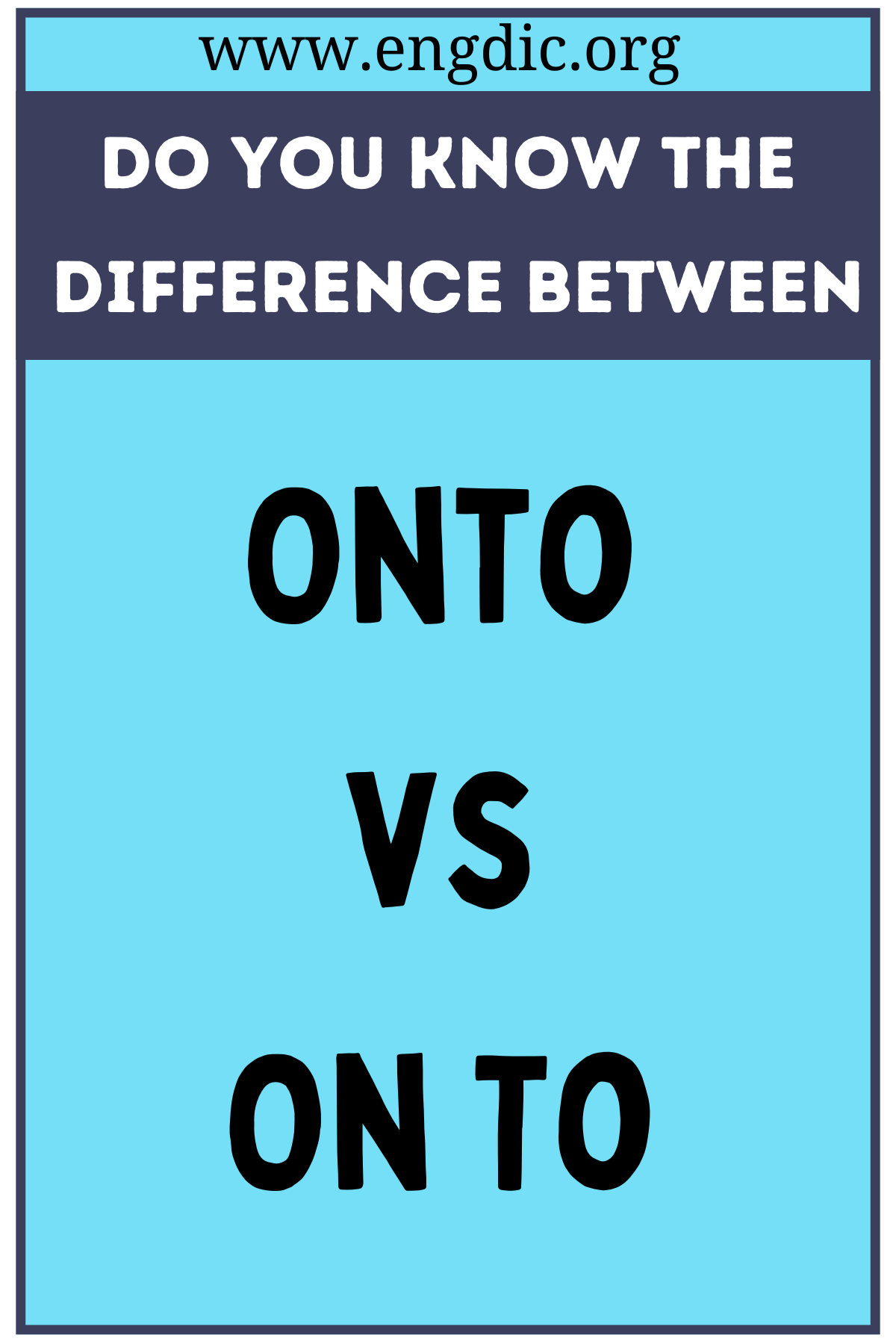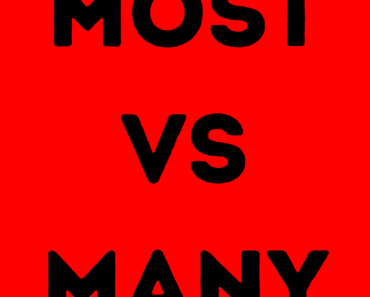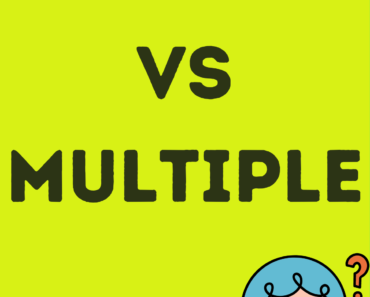The words “onto” and “on to” can be tricky to differentiate, as they both suggest movement. However, “onto” implies motion towards a surface or position, indicating a physical or metaphorical place, such as “He climbed onto the roof.”
In contrast, “on to” is a combination of “on” and “to,” where “on” pertains to a subject, while “to” shows direction or purpose, like “He moved on to the next task.” Understanding these subtle differences aids in using them correctly in writing.
Onto
Definition: “Onto” signifies motion or position toward a surface or location.
Usage: It commonly appears when describing movement to a position:
- He stepped onto the stage. (Movement to the stage)
- The cat jumped onto the table. (Jumping to the table)
In abstract contexts, “onto” signifies progression to a metaphorical position:
- She ascended onto a leadership role. (Metaphorical progression)
On To
Definition: “On to” is a combination of the preposition “on” and the preposition “to,” often implying progression or transition.
Usage: This phrase applies to moving forward in a sequence or task:
- After finishing dinner, they moved on to dessert. (Sequence of actions)
- He switched focus from studying to working on to writing. (Transition of focus)
“On to” is also used when “on” connects with other verbs to mean continuation or forward motion:
- He held on to the railing. (Holding firmly for support)
- We should get on to the main topic. (Progression to the main topic)







